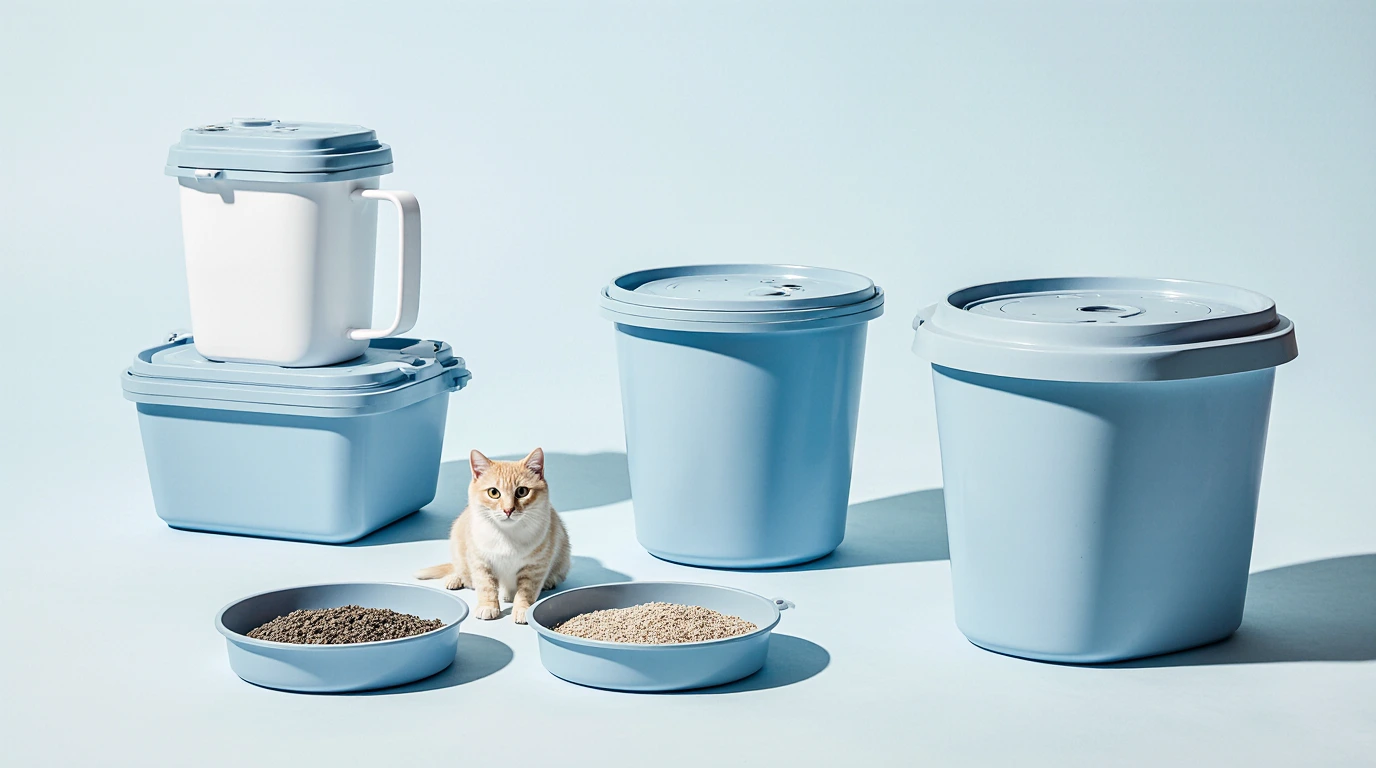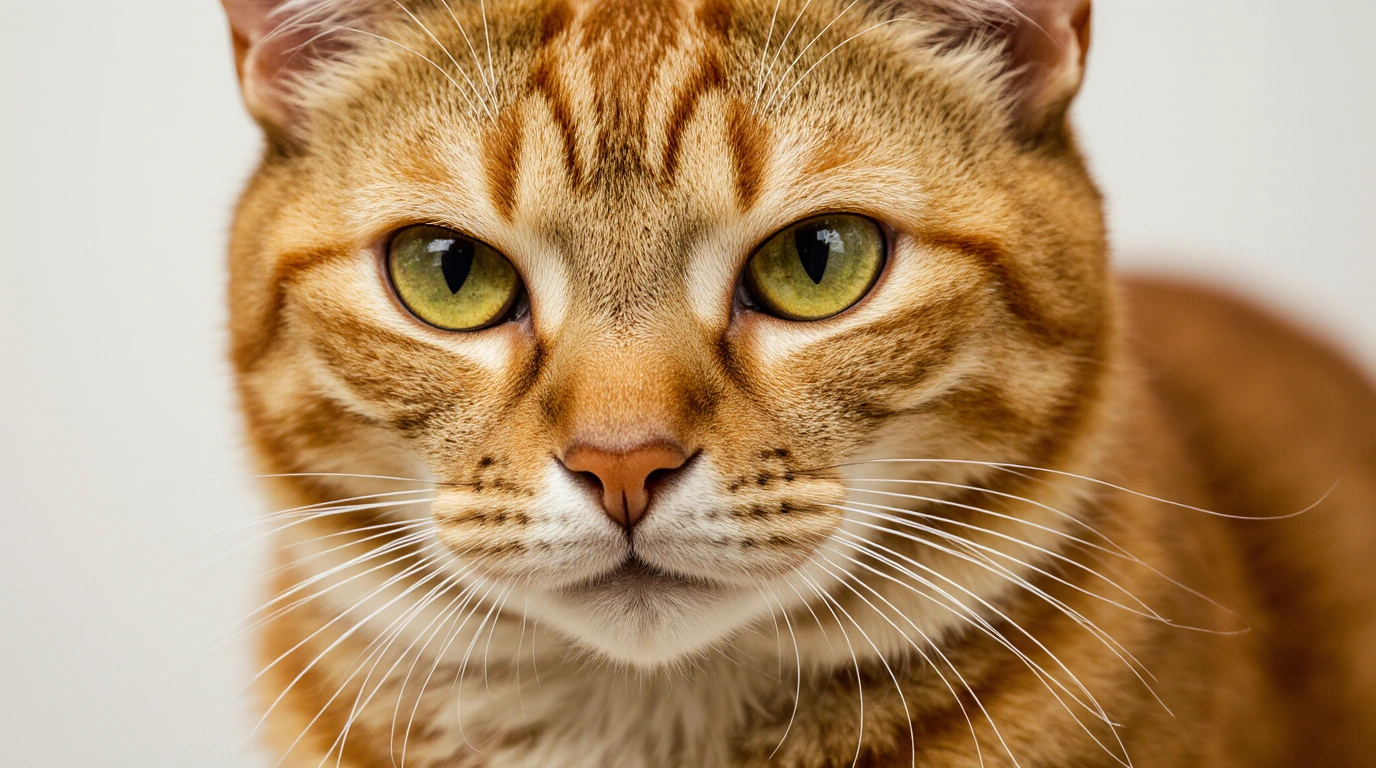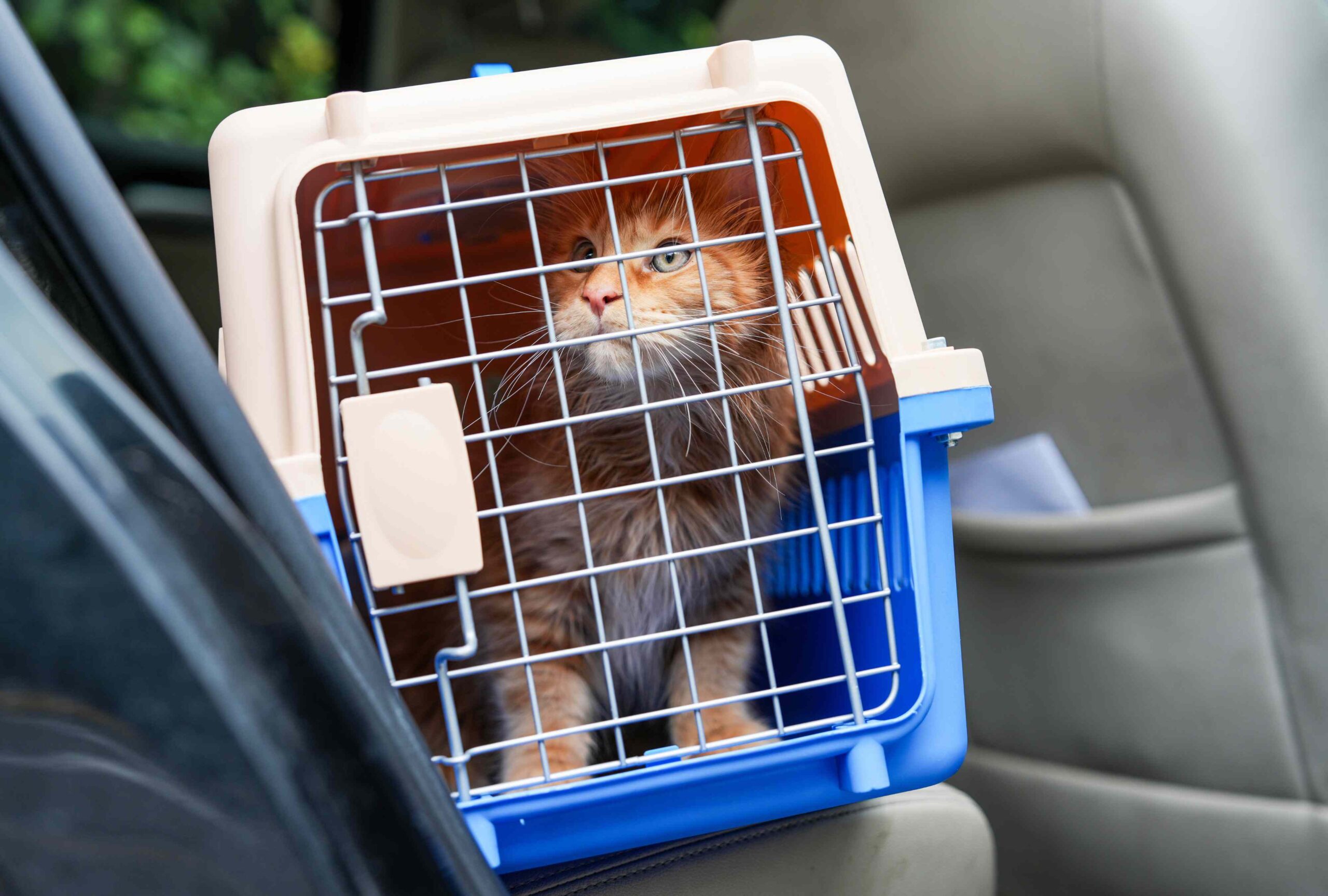The 5 Best Cat Litters, Tested and Reviewed
To help you find the best cat litter, we tested 29 litter products from a variety of brands, made from a range of materials, including clumping clay, absorbent crystals, and biodegradable pellets. Each litter was tested with real cats and kittens, and scored by humans on key factors, from odor control to tracking. We also … Read more




